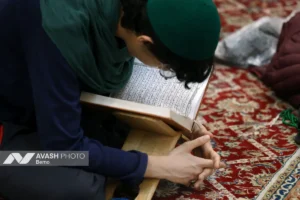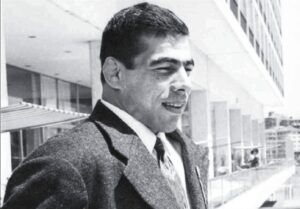Royal couriers were fleet-footed men who, carrying a long stick, would run alongside the horses of kings and statesmen to clear the way for them among ordinary people in the streets.
“A royal courier’s task was to carry letters and run alongside horses. He would wear a feathered hat on his head and little bells around his waist, which jingled as he moved, signaling people to make way. Royal couriers trained in running from childhood, and after passing a test, they became Master Royal Couriers, receiving a certificate called Shater-davani. This profession was passed down from generation to generation.” Pietro Della Valle, an Italian world traveler of the seventeenth century, wrote about Iranian royal couriers while traveling through Turkey, Iran, and India.
The head of the royal couriers was called the Chief Royal Courier (Shater-bashi). During the Qajar dynasty, the presence of royal couriers at greeting ceremonies for foreign ambassadors became common. However, with the introduction of cars and modern carriages, this profession gradually became obsolete.
Nowadays, when someone is called a courier (Shater), they are generally referring to a postal or delivery worker.







